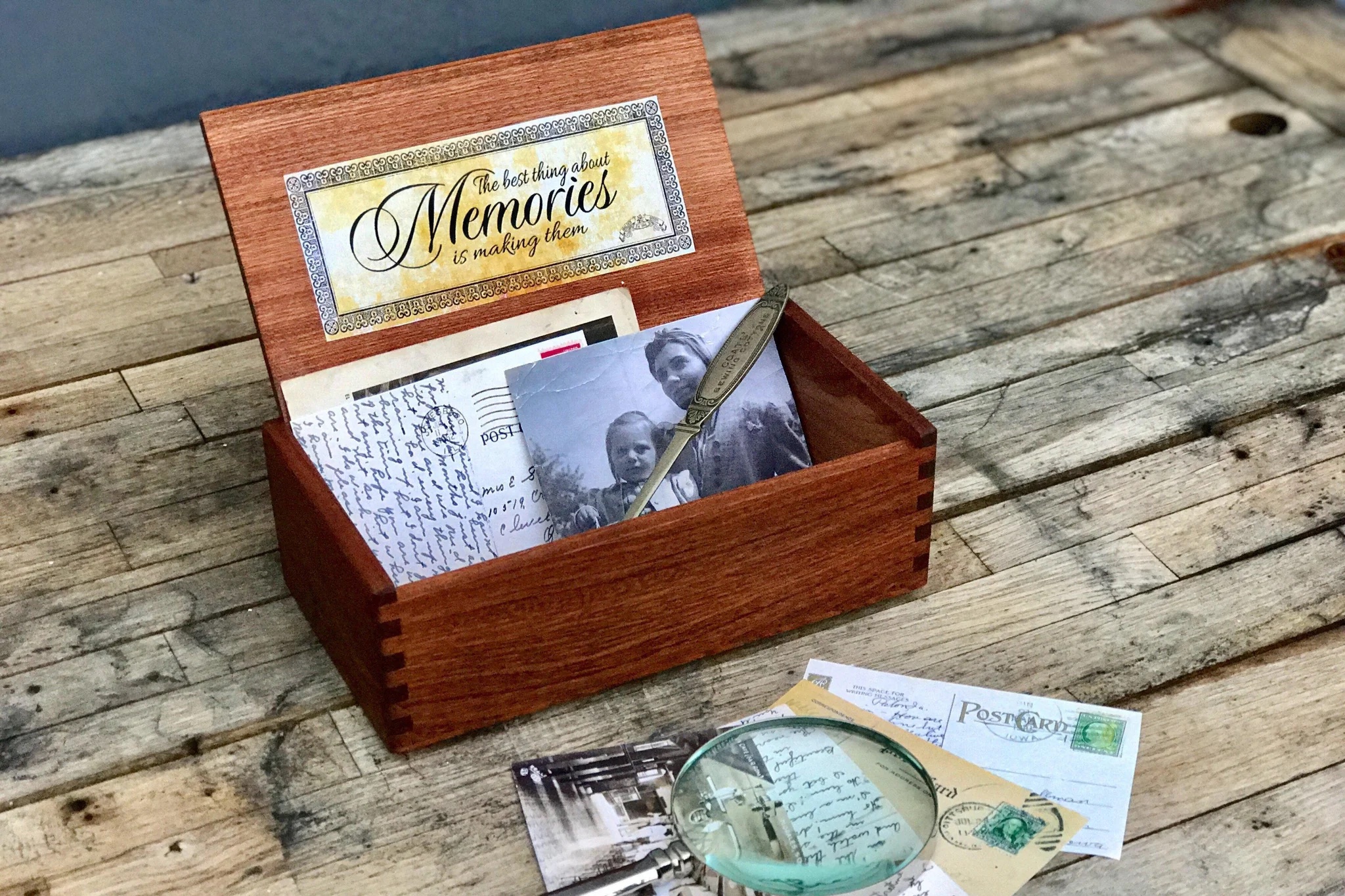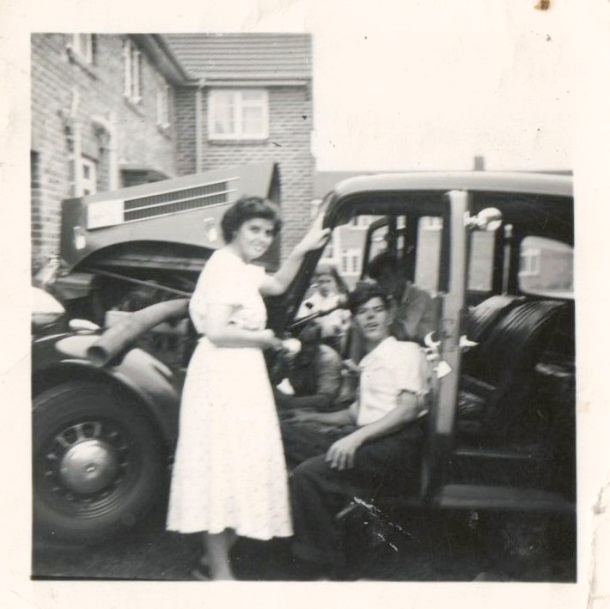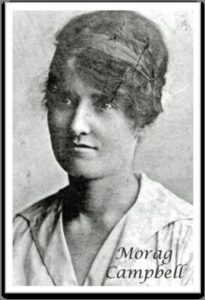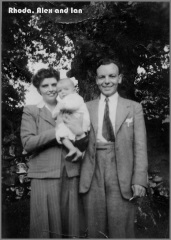
To prepare us for the next three hundred pages of stories, events and anecdotes, I propose that we do an exercise together involving a magical memory box.
For just the next few pages, I want you to put aside your ‘cynical adult glasses,’ and put on the glasses of a child, so you can see things through the eyes of a child as we go through these childhood experiences together.
I want you to imagine yourself sitting in the family room, with a Magical Memory Box in front of you. The box contains countless photos, documents, memorabilia, and mementoes of all types.
Don’t try to understand how everything fits inside just now.
Just beside the box, I’ll be sitting there, waiting to tell you my stories.
In academic terms, the ‘Magical Memory Box’ is the collection of primary and secondary sources this book is based on.
Primary sources provide raw information and first-hand evidence. Examples include interview transcripts (such as interviews with my mother), letters, photos, newspaper clippings, paintings, books, and in our context here, official documents such as Ration Books.
Secondary sources provide second-hand commentary, usually from other researchers and writers. Today, this often involves searching the Internet. When using primary sources, one attempts to interpret the meaning that is inherent in the primary source.



